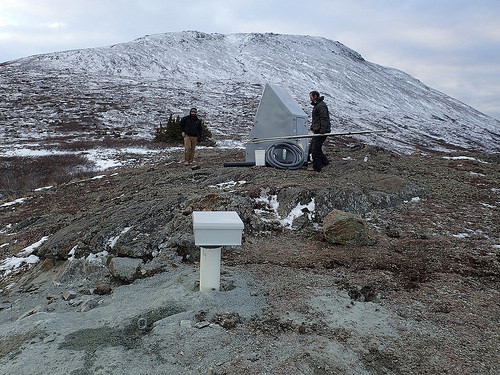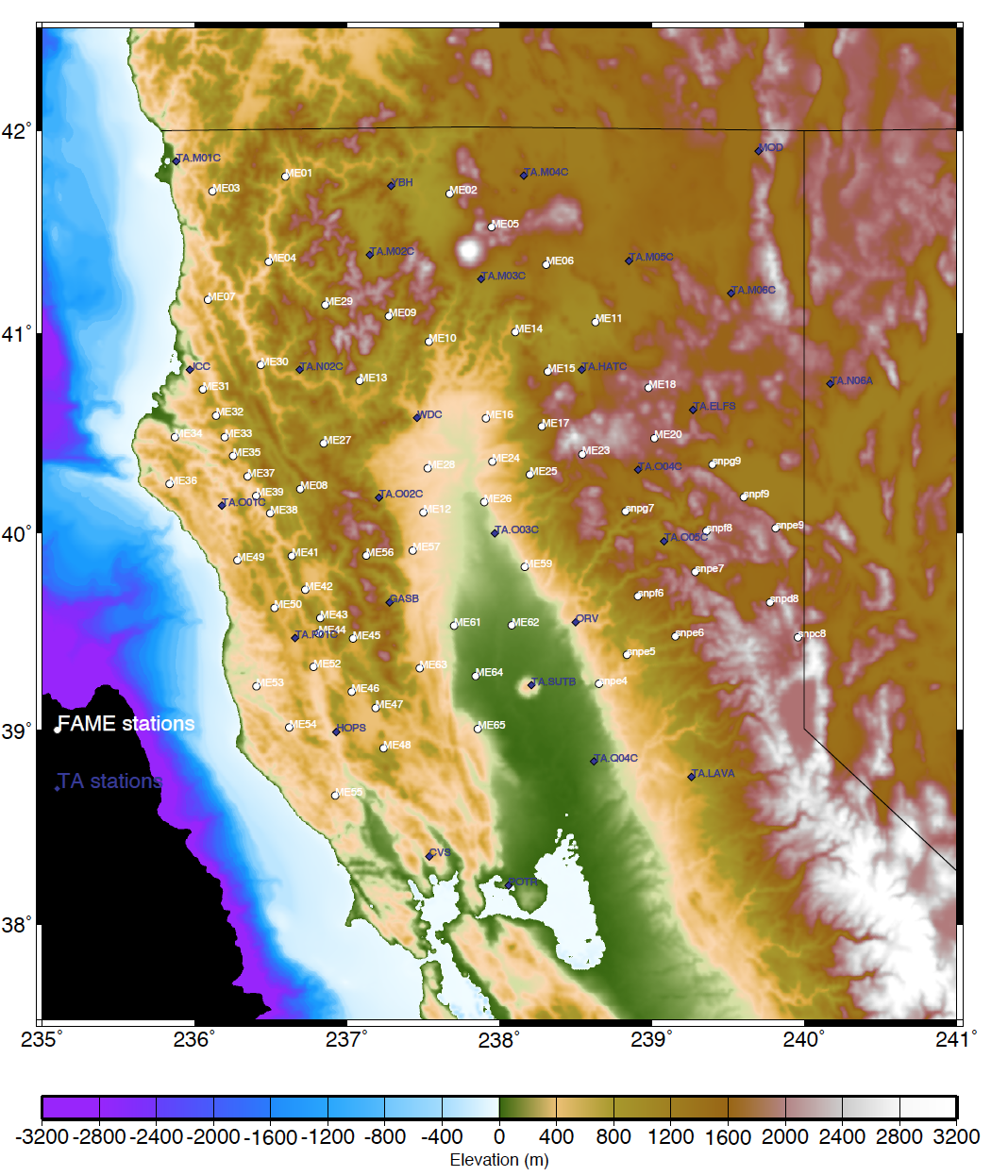N25K
Chitina, Valdez-Cordova, AK, USA
The USArray component of the NSF-funded EarthScope project ended its observational period in September 2021 and all remaining close-out tasks concluded in March 2022. Hundreds of seismic stations were transferred to other operators and continue to collect scientific observations. This USArray.org website is now in an archival state and will no longer be updated. To learn more about this project and the science it continues to enable, please view publications here: http://usarray.org/researchers/pubs and citations of the Transportable Array network DOI 10.7914/SN/TA.
To further advance geophysics support for the geophysics community, UNAVCO and IRIS are merging. The merged organization will be called EarthScope Consortium. As our science becomes more convergent, there is benefit to examining how we can support research and education as a single organization to conduct and advance cutting-edge geophysics. See our Joining Forces website for more information. The site earthscope.org will soon host the new EarthScope Consortium website.





Principal Investigators and Institutions:
Alan Levander, Rice University
Richard Allan, University of California at Berkeley
Gene Humphreys, University of Oregon
Funding Source:
Earthscope-Science Utilization
Field Dates:
5/2006 – 4/2008
Equipment Used:
140 broadband stations
Data Status:
Fully Archived
Network Code:
XQ
Description:
A dense array of broadband seismographs are being used to investigate the structure of the Mendocino Triple Junction, the northernmost terminus of California's famed San Andreas fault system. The study area extends from the California-Oregon coast to 120o W longitude, and from 37 to 43o North latitude. The Mendocino Triple Junction, the site where the North America, Paclific and the Gorda plates meet, migrates northward with time relative to a fixed North American reference frame. A set of interacting processes associated with the migrating Mendocino Triple Junction, extending from the surface to asthenospheric levels, act to modify North America lithosphere from a subduction complex at Cascadia to the San Andreas transform plate boundary, leaving coastal California in its wake. The mantle imparts a dominant control on the processes occurring near the MTJ through its control on plate strength and kinematics and the flux of heat and mass from the asthenosphere to the North American plate. Results of an extensive active source seismic study in 1993-94 provide excellent crustal control in the MTJ region. The seismic investigations provide improved imaging of the structure, fabric, and seismic and aseismic deformation of the mantle and lower crust in the MTJ region.. Gorda crust and overlying sediment subduct and become incorporated with accretionary terranes from the Cascadia subduction zone as this mass flows into the emerging transform margin and becomes structured into the San Andreas strike-slip system. Simultaneously, slab gap opening south of the Gorda slab causes asthenospheric ascent and decompression melting, which magmatically underplates North America near the San Andreas fault. The reprocessed and inflated lithosphere thickens to create a small Cape Mendocino orogenic plateau, while erosion fluxes large fractions of the upper crust back to the subduction zone along tectonically controlled north-trending rivers. Nearby, Gorda-Juan de Fuca subduction results in the Cascade volcanoes, which also contribute to continental crust growth, segregation and recycling. The 3-D seismic velocity models of the crust and upper mantle, which will be developed as part of this project, will be included in event and strong ground motion characterization for northern California and southern Oregon, a site of potentially devastating great earthquakes.
Publications/ Abstracts
O’Driscoll, L., E. Humphreys, B. Schmandt, Time Corrections to Teleseismic P Delays Derived from SKS Splitting Parameters and implications for western U.S. P-wave tomography, Geophys. Res. Lett.,2011.
Eakin, C.M., Obreski, M.J., Allen, R.M., Boyarko, D.C., Brudzinski, M.R., Humphreys, E.D., Levander, A., O'Driscoll, L., Poritt, R.W., Zhai, Y.. "Seismic Anisotropy beneath Cascadia and the Mendocino Triple Junction: Interaction of the Subducting Slab with Mantle Flow," Eos Trans. AGU, v.90(52), 2009, p. DI52A-06.
LEVANDER, A., MILLER, M.S., ZHAI, Y., and LIU, K.. "RECEIVER FUNCTION AND RAYLEIGH WAVE IMAGING OF THE LITHOSPHERE IN THE MENDOCINO TRIPLE JUNCTION REGION," Geological Society of America Abstracts with Programs, v.41, 2009, p. 372.
Porritt, R W, Allen, R M, Moschetti, M P, Lin, F, Ritzwoller, M H, Shapiro, N M, Brudzinski, M R, Boyarko, D C, O'Driscoll, L, Humphreys, G, Zhai, Y, Levander, A. "Segmentation of the Cascades Volcanic Arc Revealed Through Ambient Noise Based Surface Wave Tomography," EOS Trans. AGU, v.90(52), 2009, p. V41B-2178.
Schmandt, B, Humphreys, E D, Levander, A,. "Multi-scale seismic heterogeneity, complex subduction, and small-scale convection beneath the western U.S," EOS Trans. AGU, v.90(52), 2009, p. U23D-0061.
Zhai, Y., Levander, A., O'Driscoll, L., Schmandt, B., Ryan, C.P., Humphreys, E.D., Poritt, R.W., Allen, R.M.. "The Crust, the Slab Gap, the LAB, and the Mantle Wedge in the Mendocino Triple
Junction Region," EOS Trans. AGU, v.90(52), 2009, p. U51D-08.
A Mendocino station.